While Machu Picchu draws millions of tourists annually, countless other ancient pathways around the world offer equally magnificent historical experiences without overwhelming crowds. These trails tell stories of ancient civilizations, trade routes, and pilgrimages that shaped human history through the centuries.
Here is a list of 20 incredible ancient trails where you can experience history on foot while avoiding the tourist congestion of Peru’s most famous Incan citadel.
Lycian Way, Turkey
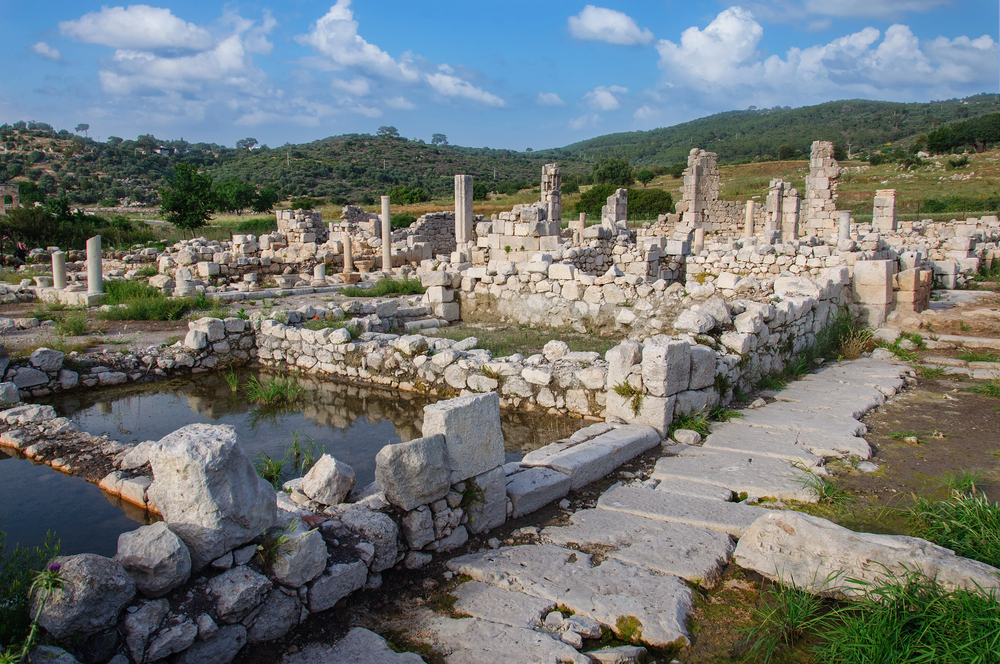
The Lycian Way stretches 335 miles along Turkey’s southern coast, connecting ancient cities that once formed the Lycian League. Dating back to the 6th century BCE, this Mediterranean path takes hikers through the ruins of amphitheaters, tombs carved into cliffs, and abandoned settlements.
The trail offers stunning views of the turquoise coastline while passing through pine forests and rural villages where traditional Turkish hospitality has remained unchanged for generations.
Kumano Kodo, Japan

This network of ancient pilgrimage routes on Japan’s Kii Peninsula has been traversed by emperors and commoners alike for over 1,000 years. The well-preserved stone paths wind through cedar forests, connecting sacred shrines and temples that form the heart of Japanese spirituality.
Hikers can stay in traditional minshuku guesthouses and soak in natural hot springs along the way, experiencing the same rejuvenating journey as pilgrims from centuries past.
Like Travel Pug’s content? Follow us on MSN.
Inca Trail to Choquequirao, Peru
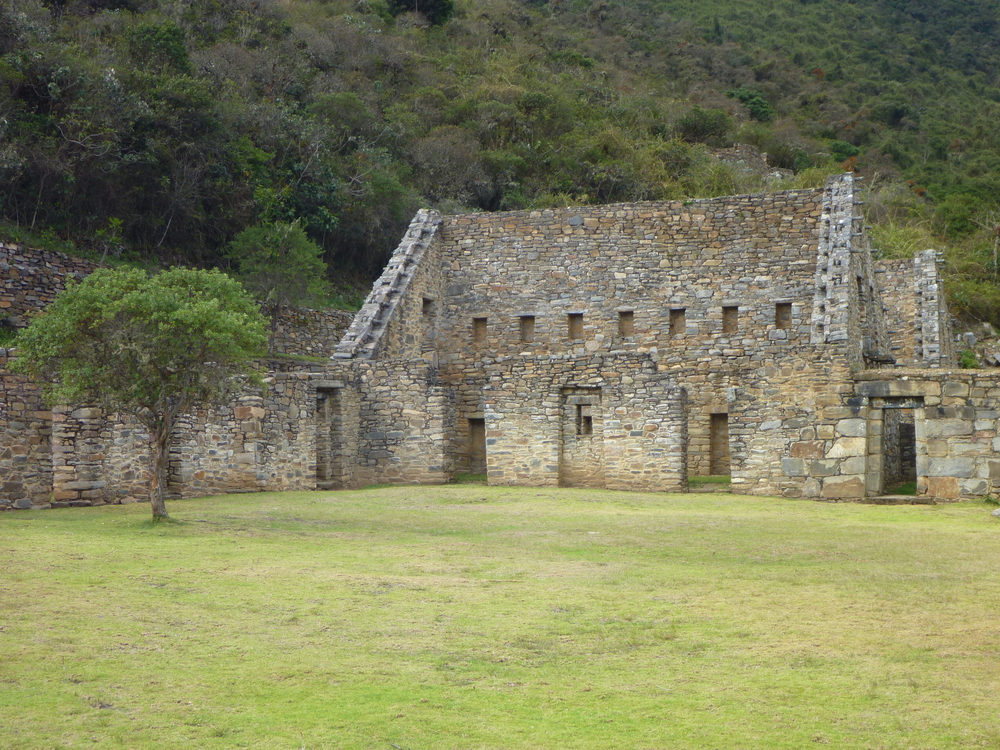
Often called Machu Picchu’s sister city, Choquequirao receives less than 1% of the visitors despite being larger and equally impressive. The challenging 4-day trek through the Andes follows ancient Incan paths with stone staircases and original paving.
Visitors who make the journey are rewarded with an almost private experience of massive terraces, plazas, and temples still being uncovered from the jungle’s grasp.
Nakasendo Way, Japan

Once connecting Tokyo and Kyoto during Japan’s Edo period, this historic route passed through 69 post towns where travelers would rest. Today, several sections remain beautifully preserved with traditional wooden buildings and cobblestone paths.
Walking the Nakasendo offers glimpses into feudal Japan, particularly in the well-preserved towns of Magome and Tsumago, where cars are banned and buildings maintain their historical appearance.
Mesa Verde Trails, USA

The ancestral Puebloan people created an extensive network of paths throughout what is now Colorado, connecting cliff dwellings and mesa-top communities. These trails take hikers through juniper forests to exceptional archaeological sites, including Cliff Palace and Long House.
The petroglyphs and ancient handprints visible along the canyon walls offer direct connections to people who have inhabited this landscape for over 700 years.
Like Travel Pug’s content? Follow us on MSN.
Ridgeway, England
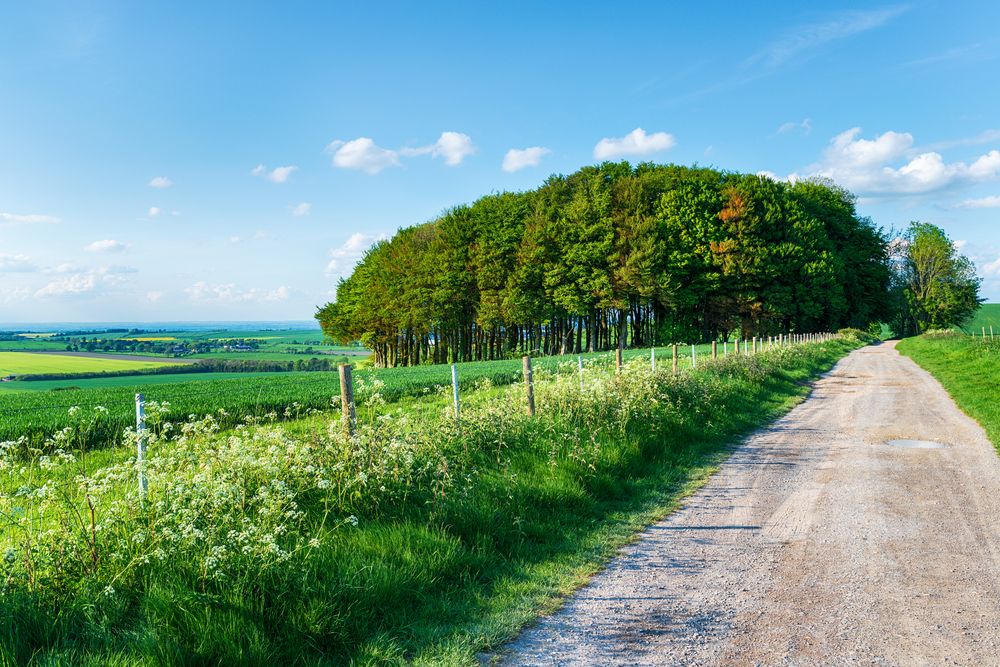
As Britain’s oldest road, the Ridgeway has been continuously used for at least 5,000 years by travelers, herders, and soldiers. This 87-mile path along chalk ridges provided a relatively dry route through ancient Britain’s densely forested lowlands.
The trail passes Neolithic long barrows, Bronze Age hill forts, and the mysterious chalk figures at Uffington, allowing hikers to walk in the footsteps of Britain’s earliest inhabitants.
The Abraham Path, Middle East
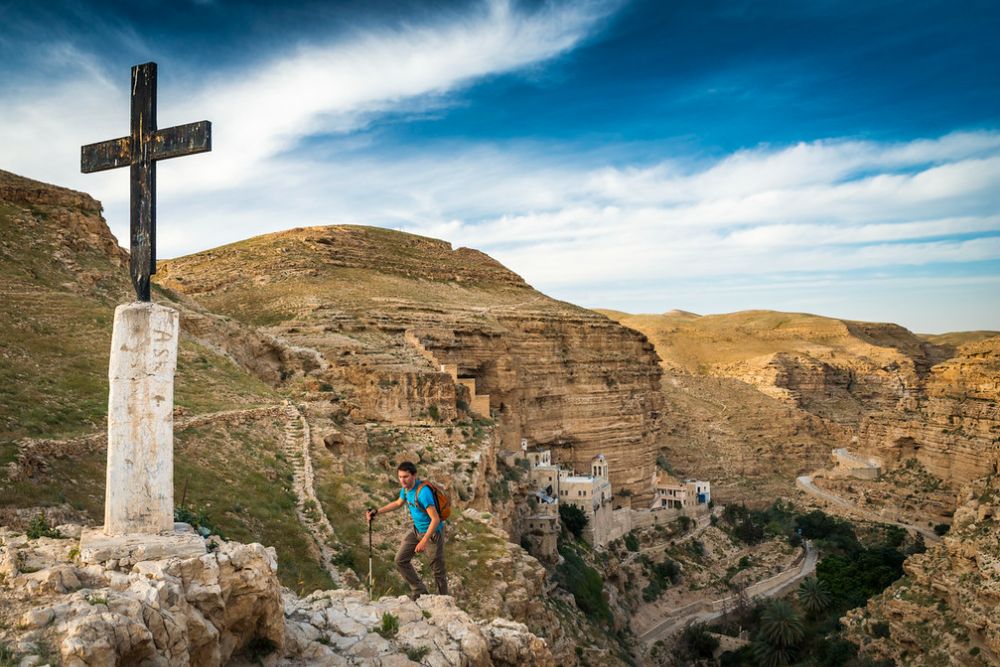
This cultural route follows Abraham’s (Ibrahim) journey through the Middle East, spanning Turkey, Jordan, Palestine, and Israel. Ancient stone villages, desert landscapes, and traditional communities highlight this developing trail network.
Hikers encounter incredibly preserved sites like Göbekli Tepe in Turkey, potentially the world’s oldest temple complex, dating back 11,000 years—far older than Stonehenge or the pyramids.
The Camino Primitivo, Spain
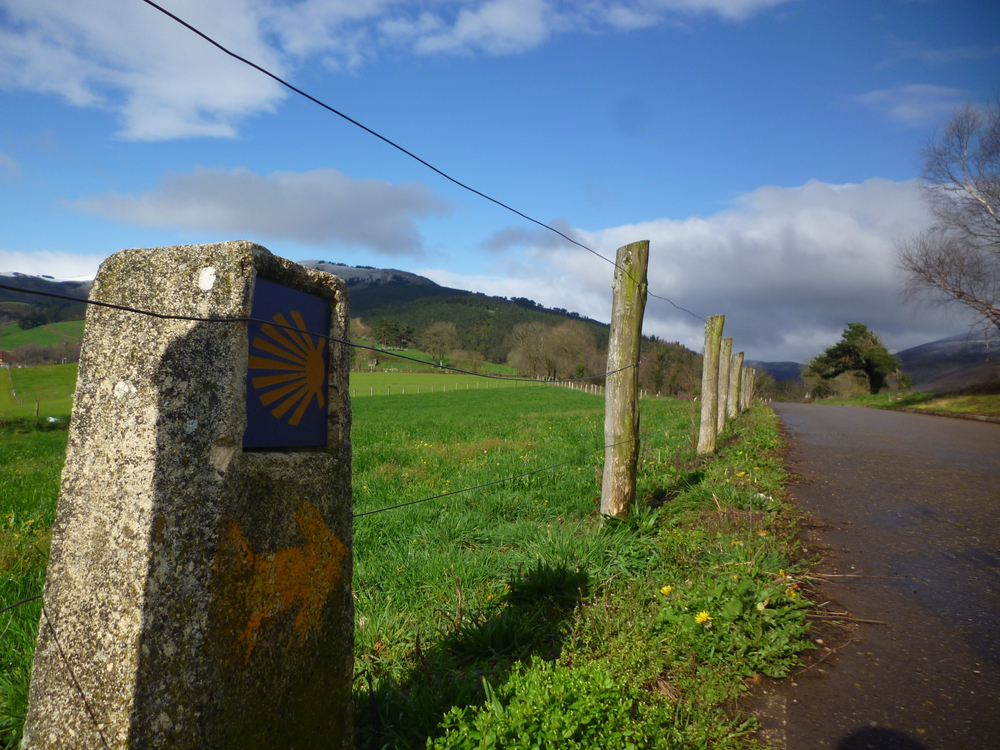
While the main Camino de Santiago routes have grown crowded, the Camino Primitivo, the oldest and most challenging pilgrimage path to Santiago, offers an authentic experience. King Alfonso II took this mountainous route through Asturias and Galicia in the 9th century.
Hikers follow ancient Roman roads through tiny medieval villages where traditional cider houses and local cuisine remain untouched by tourism.
Like Travel Pug’s content? Follow us on MSN.
Dana to Petra Trail, Jordan
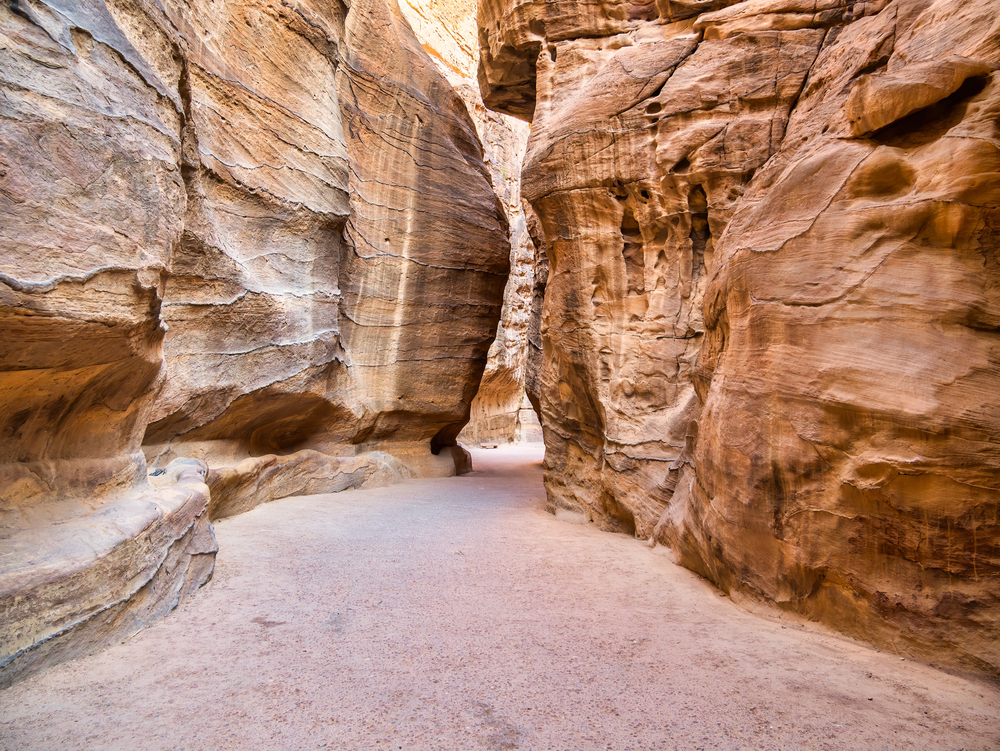
This 47-mile route through the Jordanian desert connects the Dana Biosphere Reserve to the ancient Nabataean city of Petra. Unlike the thousands who visit Petra’s Treasury building daily, this back-door approach follows ancient spice routes through dramatically changing landscapes.
Hikers camp with Bedouin communities and arrive at Petra through the rarely visited Monastery complex, avoiding crowds while experiencing authentic desert culture.
Great Wall Wild Sections, China
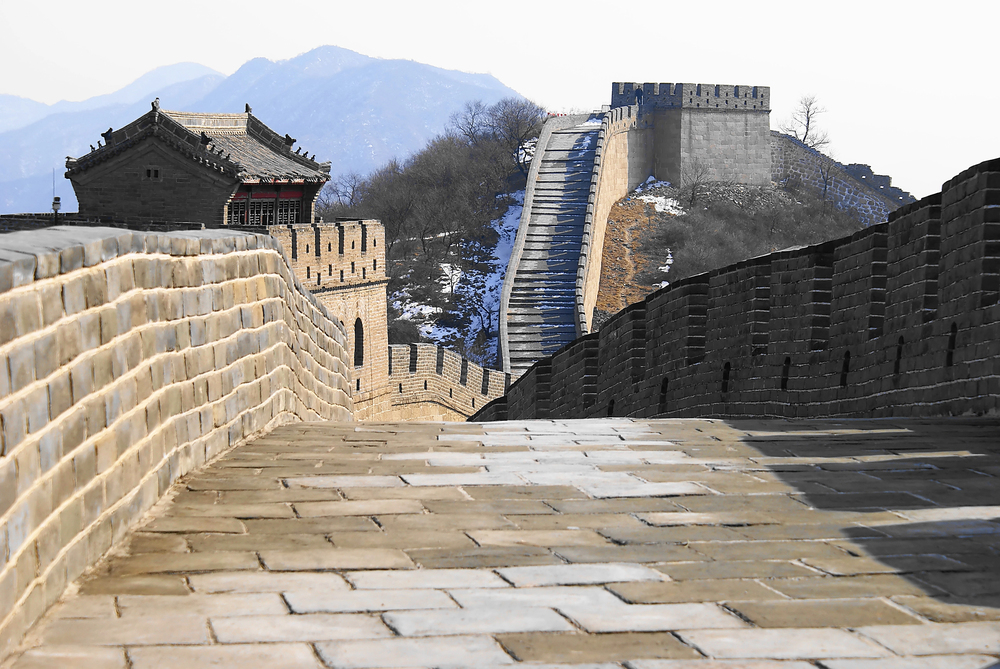
While millions crowd restored sections of the Great Wall near Beijing, ancient unrestored portions offer solitary hiking experiences through stunning mountain landscapes. The wild wall sections at Jiankou, Gubeikou, and Jinshanling feature crumbling watchtowers and wall segments reclaimed by nature.
These remote pathways follow the exact routes patrolled by Ming Dynasty soldiers, offering unparalleled historical immersion without souvenir stands or cable cars.
Pueblo Alto Trail, USA
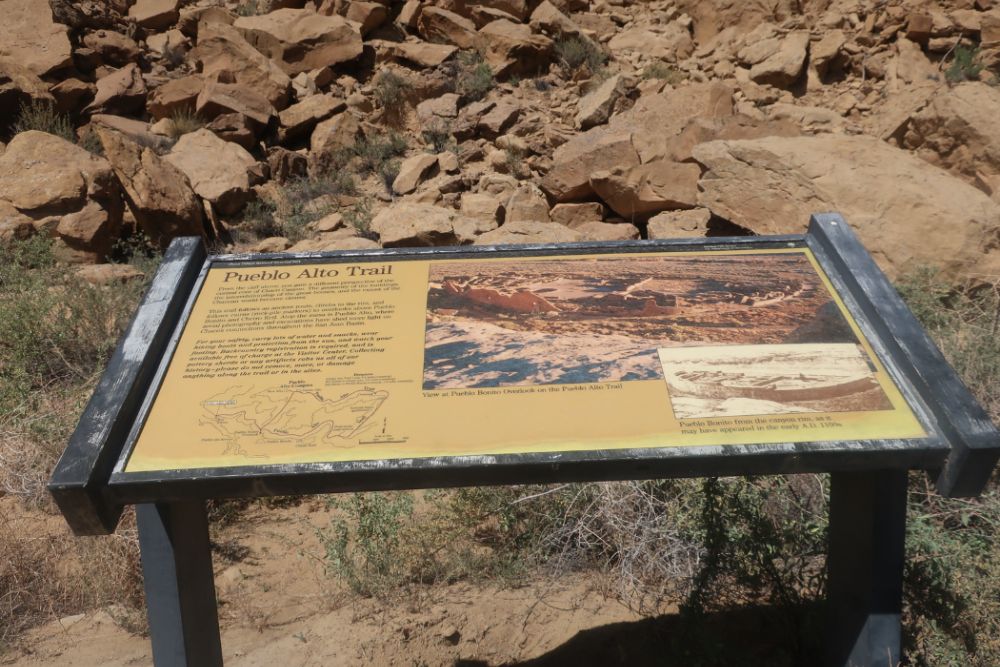
This moderate desert hike in New Mexico’s Chaco Canyon follows ancient Puebloan roadways that once connected distant communities in a sophisticated trade network. The elevated trail provides spectacular views of precisely aligned great houses built between 850 and 1250 CE.
From certain vantage points, hikers can observe the famous “roads to nowhere”—massive straight paths radiating from Chaco that archaeologists believe held ceremonial rather than practical purposes.
Like Travel Pug’s content? Follow us on MSN.
Dingle Way, Ireland
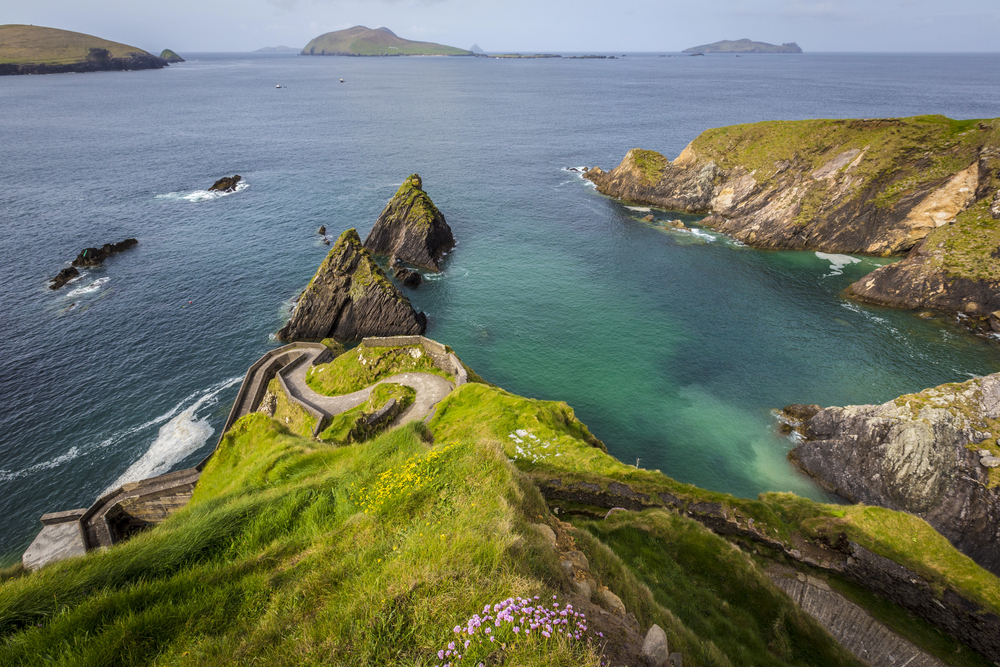
Circling Ireland’s stunning Dingle Peninsula, this 111-mile trail passes through landscapes inhabited continuously since the Mesolithic period. Ancient ogham stones, Bronze Age cooking pits, and early Christian sites dot the route.
The path includes sections of old military roads and pilgrim routes, including access to the 6th-century beehive huts at Gallarus Oratory—a structure built without mortar that has remained perfectly waterproof for 1,400 years.
Via Egnatia, Balkans
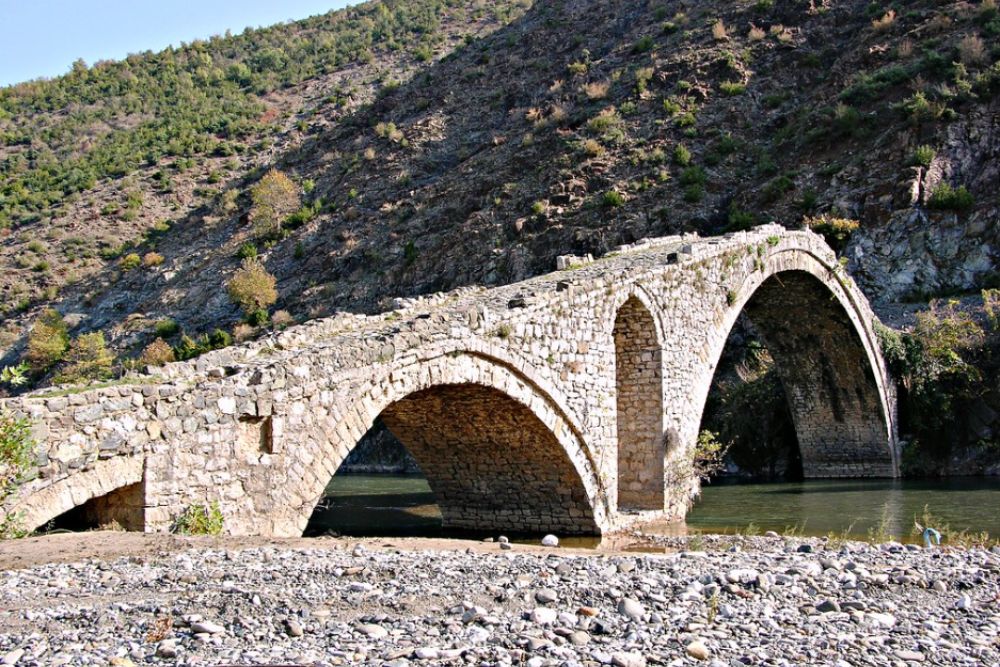
Built by the Romans in the 2nd century BCE, this transBalkan highway once connected Rome with Constantinople. Today, hikers can follow portions through Albania, North Macedonia, and Greece on the original stone-paved road.
The trail passes Roman bridges, Byzantine fortresses, and Ottoman caravanserais—all evidence of the various empires that utilized this crucial artery. Many sections feature the original Roman milestones, which still show distances to long-vanished cities.
Carretera Austral, Chile
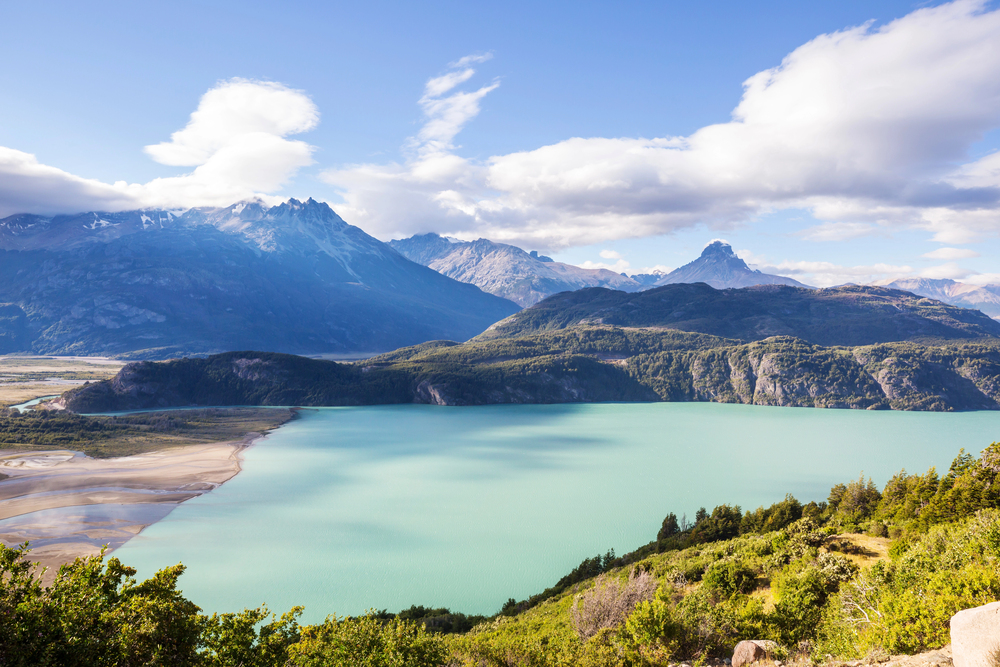
While technically a modern road, Chile’s Route 7 follows ancient indigenous pathways through the northern Patagonian wilderness. The surrounding trails access valleys where the Chono and Alacalufe peoples hunted and gathered for thousands of years.
Hikers encounter hanging glaciers, pristine lakes, and ancient Alerce forests with trees over 4,000 years old—living giants that predate even Machu Picchu by millennia.
Like Travel Pug’s content? Follow us on MSN.
Acequias Trail Network, USA
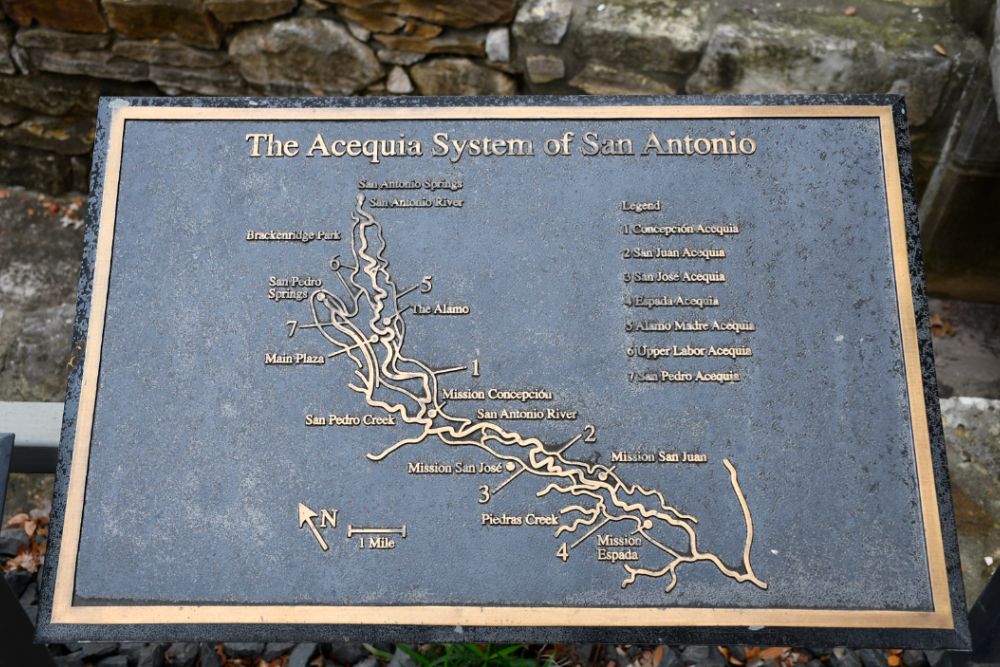
The ancient irrigation channels of New Mexico were established by the Pueblo peoples and later expanded by Spanish settlers. Hiking along these historic waterways reveals an ingenious system dating back nearly 1,000 years.
The paths connect traditional adobe villages where residents still maintain the channels using community-based water management systems established before European contact. This living history showcases sustainable agriculture techniques practiced continuously for centuries.
The Natchez Trace, USA

This 444-mile historic route between Natchez, Mississippi, and Nashville, Tennessee, began as a series of Native American paths later used by returning riverboat traders in the 18th century. The ancient trail sections feature mysterious prehistoric mounds built by the Mississippian culture.
Hikers pass historic stands, ferry crossings, and inns that served travelers for centuries, including Meriwether Lewis’s grave at an inn where the explorer died under mysterious circumstances.
The King’s Highway, Jordan
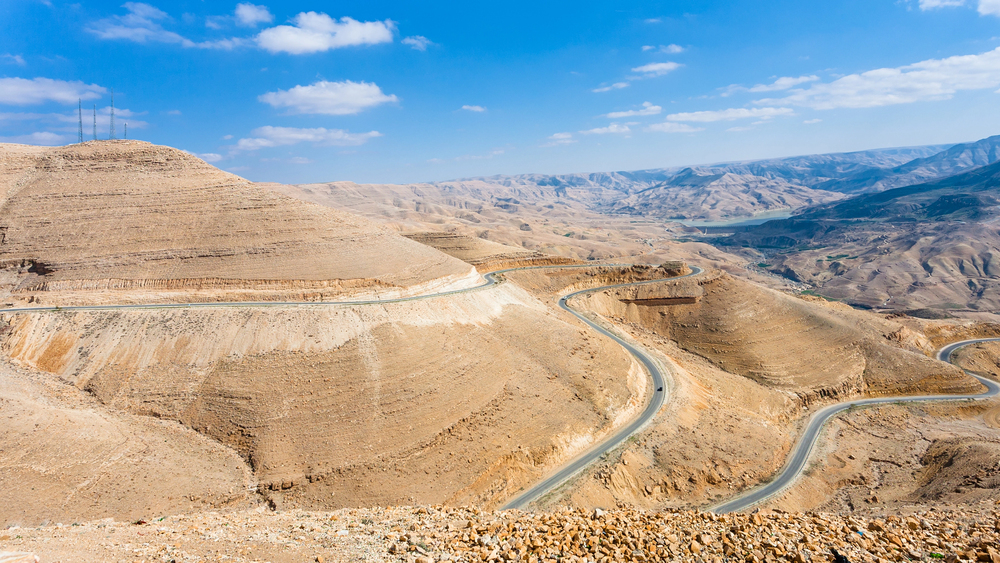
This 335-mile route, mentioned in the Bible’s Book of Numbers, served as a vital trade artery connecting ancient Egypt with Mesopotamia. The trail passes through dramatically varied landscapes and the ruins of civilizations that lasted 5,000 years.
Hikers encounter Crusader castles, Roman colonnaded streets, and Byzantine mosaics while experiencing the same views as countless traders, armies, and pilgrims throughout recorded history.
Like Travel Pug’s content? Follow us on MSN.
Baekdu-daegan Trail, South Korea
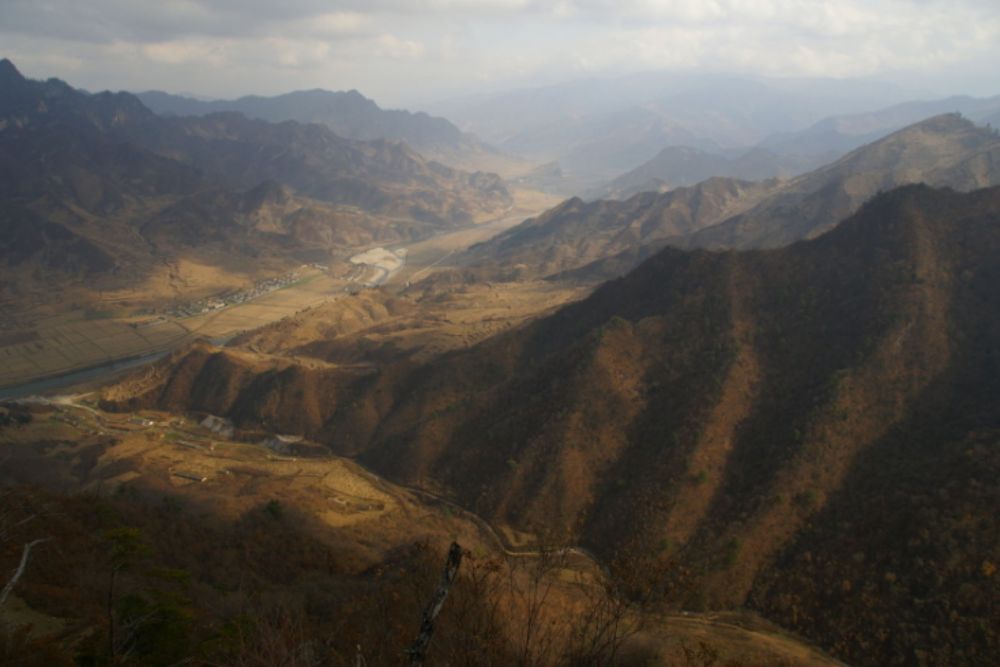
This mountain spine trail follows the continuous ridgeline that forms the geological backbone of the Korean Peninsula. Traditional Korean geomancy considered this path the source of the nation’s life energy for thousands of years.
The trail connects numerous Buddhist temples established during the Three Kingdoms period (57 BCE-668 CE) and passes through ancient forests containing rare flora preserved by monks for centuries.
Larapinta Trail, Australia

This trail, which follows the ancient songlines of Aboriginal peoples through Australia’s MacDonnell Ranges, connects sites of profound cultural significance dating back 50,000 years. It leads to sacred waterholes, rock art galleries, and ceremonial grounds that remain important to the Arrernte people.
Walking this path offers insights into humanity’s oldest continuous culture and its sophisticated knowledge of desert ecosystems.
Ala Kahakai Trail, USA
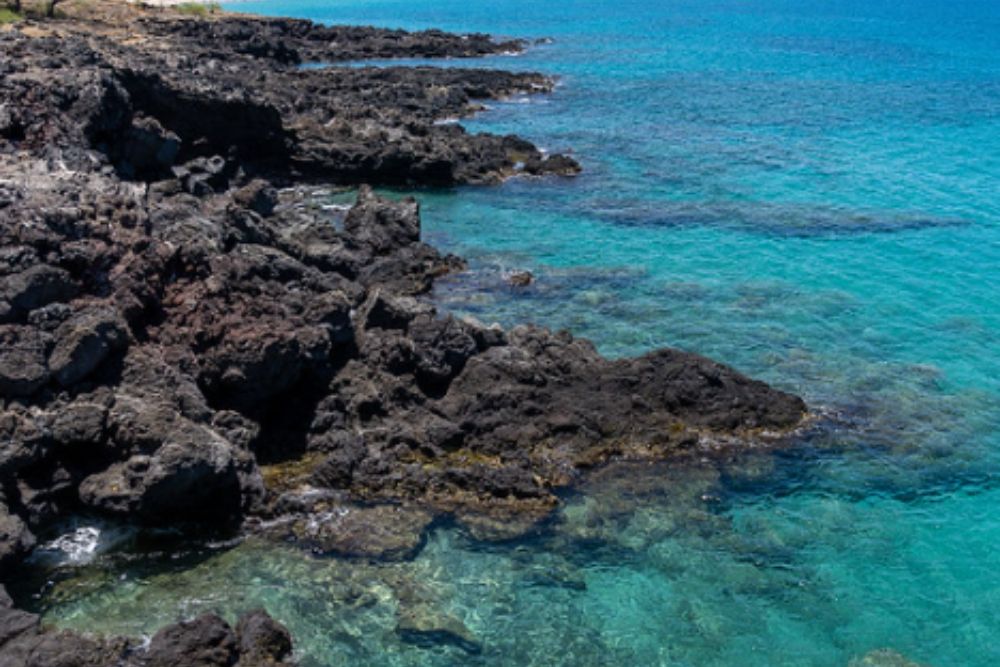
This 175-mile coastal trail on Hawaii’s Big Island follows ancient fishing paths used by native Hawaiians for hundreds of years. The path connects historical settlement sites, fishing areas, and places of worship, including the Puʻuhonua o Hōnaunau—a sacred place of refuge.
Hikers encounter preserved sections of the original trail paved with smooth stones, ancient fishponds, and petroglyph fields documenting centuries of Hawaiian culture before European contact.
Like Travel Pug’s content? Follow us on MSN.
Ancient Footsteps, Modern Adventures

These remarkable trails offer far more than beautiful scenery—they provide tangible connections to our shared human history through landscapes shaped by countless generations. Walking these ancient paths allows travelers to experience historical sites as they were meant to be approached, revealing how geography influenced the development of civilizations.
The growing interest in these lesser-known routes also helps preserve archaeological sites and support local communities that serve as modern caretakers of our ancient heritage.
More from Travel Pug

- 20 Destinations That Were Once Thriving but Are Now Quietly Disappearing
- 13 Destinations Where Tourists Regularly Regret Their Trip
- 20 Once-Popular Beach Towns That Are Now Ghostly Empty
- 10 Under-the-Radar Mountain Towns That Are Both Affordable and Beautiful
- Take a ‘Learning Vacation’ in These 20 Extraordinary Places
Like Travel Pug’s content? Follow us on MSN.
